Lava tubes form when the outer layer of a flowing lava stream cools and hardens while molten rock continues flowing inside, eventually leaving behind hollow tunnels once the lava drains away. These natural underground passages can stretch for miles, creating subterranean highways that early humans used for shelter, and modern visitors can explore on foot.
Unlike limestone caves that form over millions of years through water erosion, lava tubes develop quickly during volcanic eruptions, preserving the exact shape and texture of ancient lava flows frozen in time. The United States contains some of the world’s most accessible lava tube systems, particularly in volcanic regions like Hawaii, California, and the Pacific Northwest.
Here is a list of 15 lava tube caves where visitors can walk through these remarkable volcanic formations without requiring technical spelunking equipment.
Thurston Lava Tube
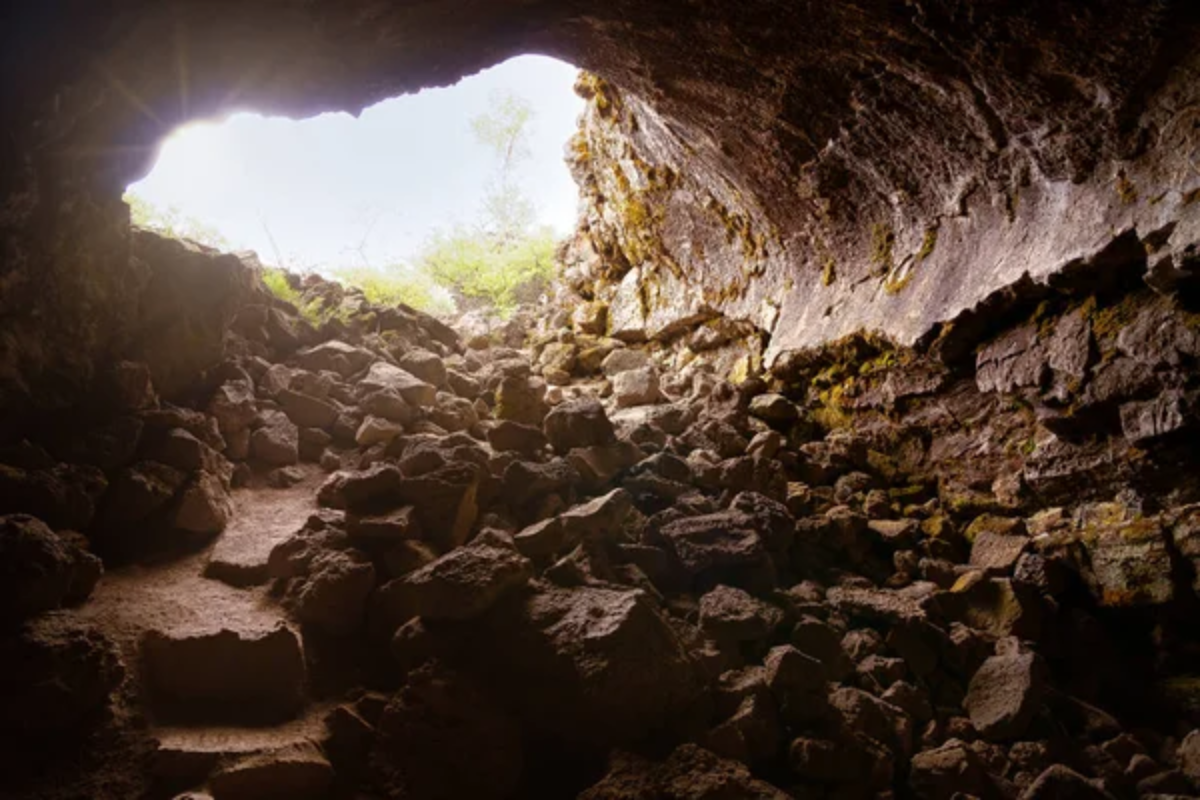
Hawaii Volcanoes National Park’s most famous lava tube offers a well-lit, paved walkway through a 400-foot section of tunnel that formed approximately 400–500 years ago. The tube’s ceiling reaches 20 feet in some sections, creating a cathedral-like atmosphere enhanced by electric lighting installed for visitor safety.
Native ferns and other vegetation grow near both entrances, creating a tropical forest transition into the volcanic underworld. The short walk takes most visitors about 15 minutes, though the experience of walking through an active volcano’s plumbing system creates lasting memories.
Mammoth Cave
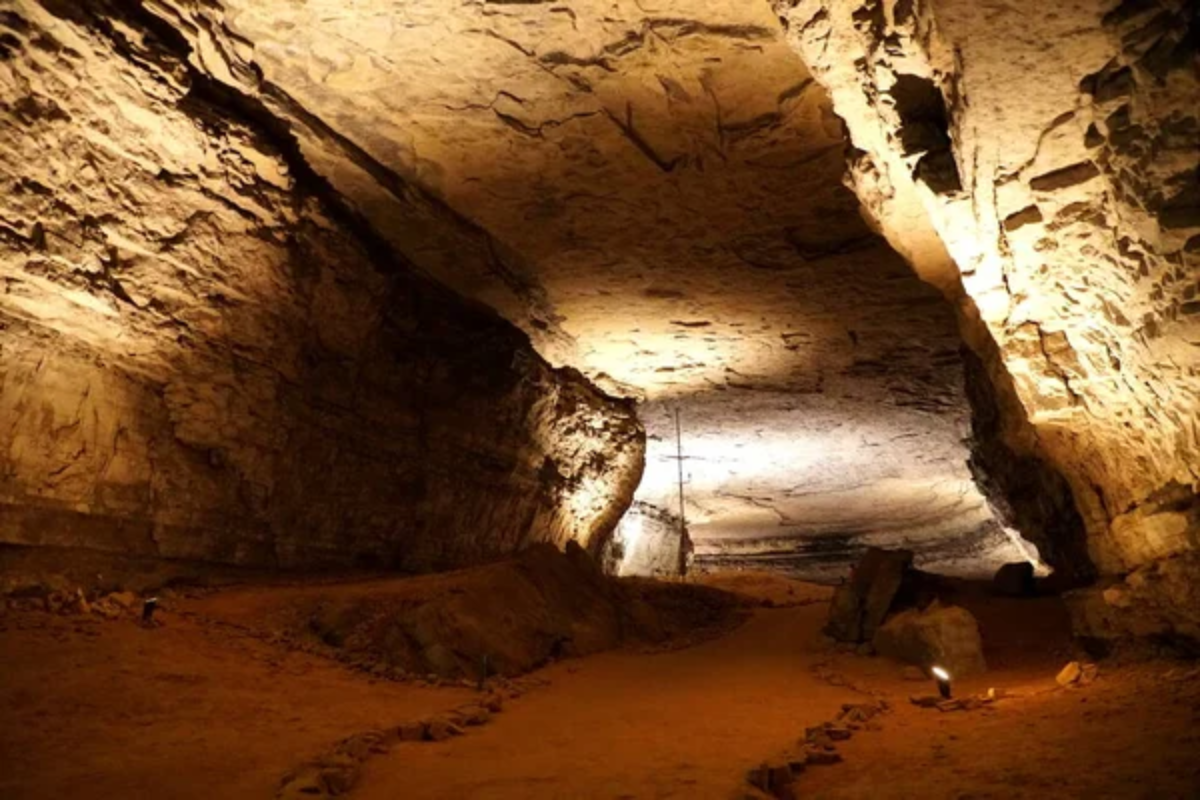
California’s Lava Beds National Monument contains over 700 caves, but this particular tube offers one of the most extensive walkable experiences at nearly 3,000 feet of continuous passage. The cave maintains a constant 55-degree temperature year-round, providing cool relief during summer explorations of the high desert landscape above.
Multiple chambers within the tube create natural rest stops where visitors can appreciate the cave’s acoustics and examine lava formations on the walls. The cave requires headlamps or flashlights, as no artificial lighting is installed to preserve the natural experience.
Like Travel Pug’s content? Follow us on MSN.
Ape Cave

Washington’s Mount St. Helens area features this 2.5-mile lava tube, formed approximately 2,000 years ago during one of the volcano’s earlier eruptions. The lower cave offers an easy half-mile walk suitable for most visitors, while the upper cave requires scrambling over rock piles and navigating more challenging terrain.
The tube’s name comes from a local group called the ‘Apes’ who explored the cave in the 1950s, not from any primate associations. Rangers provide headlamps and hard hats for visitors, as the cave contains areas wherethe ceiling height requires ducking.
Skull Cave

Oregon’s Deschutes National Forest contains this easily accessible lava tube, where ice formations persist year-round in the deepest sections. The cave’s entrance sits at 4,000 feet elevation, creating conditions where winter snow melts slowly, and summer temperatures rarely warm the interior enough to melt accumulated ice.
Visitors can walk approximately 250 feet into the cave before encountering the permanent ice formations that give the cave its distinctive microclimate. The contrast between Oregon’s warm summer temperatures and the cave’s icy interior creates a unique underground experience.
Crystal Ice Cave
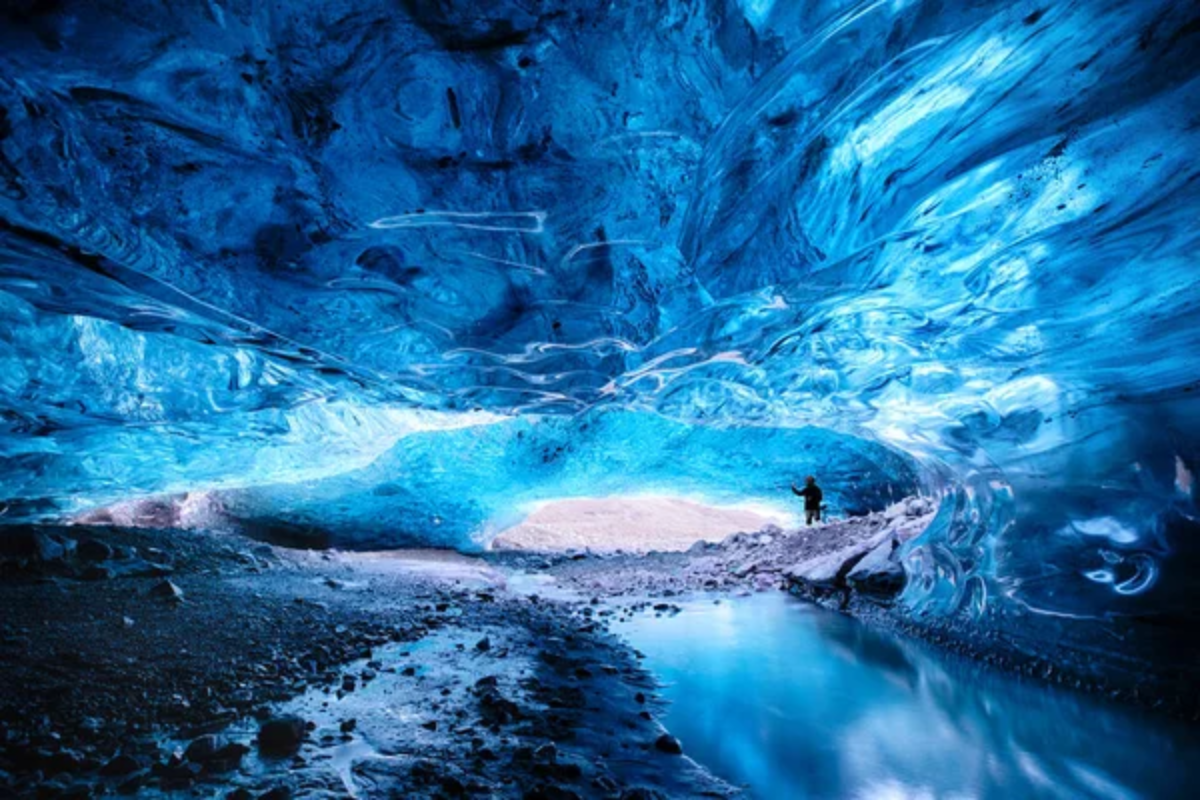
Idaho’s Shoshone area features this commercially operated lava tube, where ice formations create spectacular underground displays throughout the year. The cave maintains temperatures below freezing even during summer months, preserving ice formations that create natural sculptures enhanced by installed lighting.
Guided tours lead visitors through approximately 1,000 feet of the tube while explaining the geological processes that created both the lava formations and the persistent ice. The cave’s commercial operation includes stairs and walkways that make exploration accessible to visitors with mobility limitations.
Like Travel Pug’s content? Follow us on MSN.
Valentine Cave
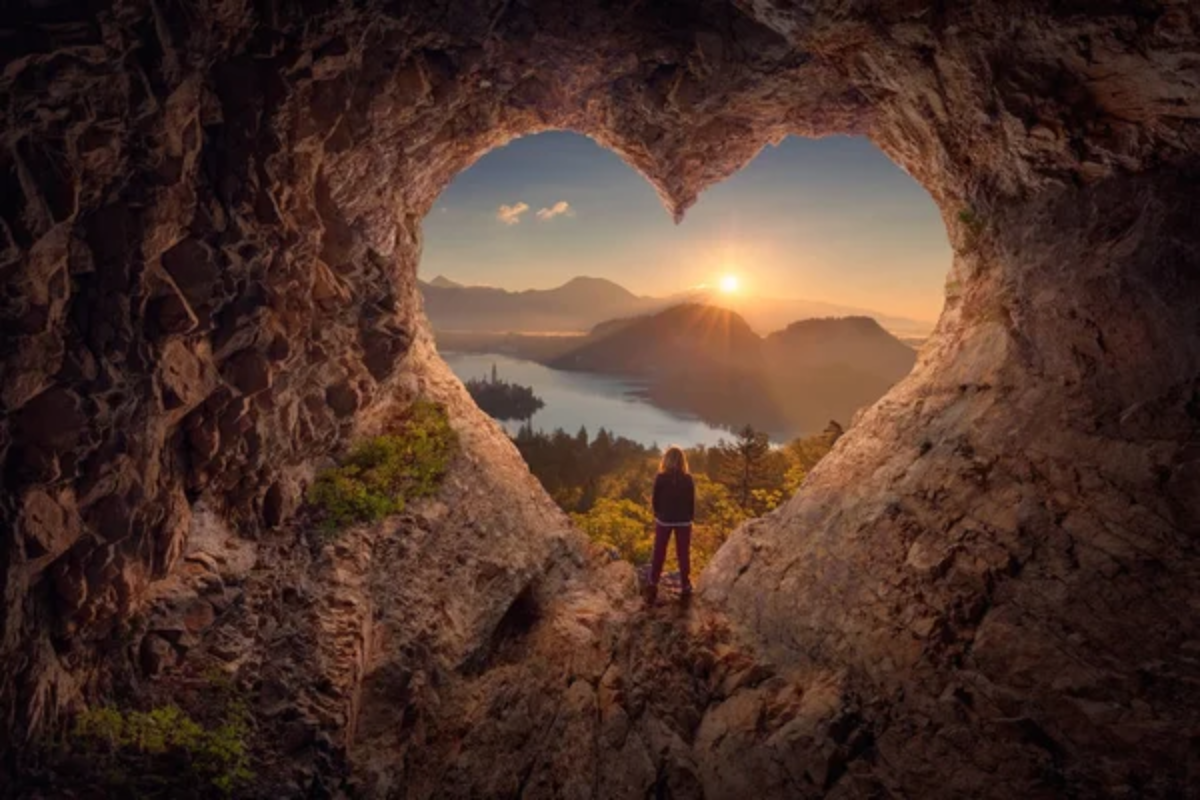
California’s Lava Beds National Monument offers this heart-shaped entrance lava cave that provides an easy introduction to lava tube exploration for families with children. The cave’s wide, low ceiling creates an intimate underground experience without the claustrophobic feeling some visitors experience in taller, narrower tubes.
Multiple branching passages allow exploration of different routes through the same lava flow, demonstrating how molten rock can create complex underground networks. The cave’s proximity to the visitor center makes it an ideal first lava tube experience before attempting more challenging caves in the monument.
Mushpot Cave

This same California monument features a fully accessible lava tube with installed lighting and interpretive displays that explain lava tube formation while visitors walk through the actual geological processes being described. The cave’s flat floor and wide passages accommodate wheelchairs and mobility devices, making lava tube exploration available to visitors who cannot navigate more challenging caves.
Educational signage throughout the cave identifies different lava formations and explains how various tube features develop during volcanic eruptions. The combination of accessibility and education makes this cave popular with school groups and families.
Boyd Cave
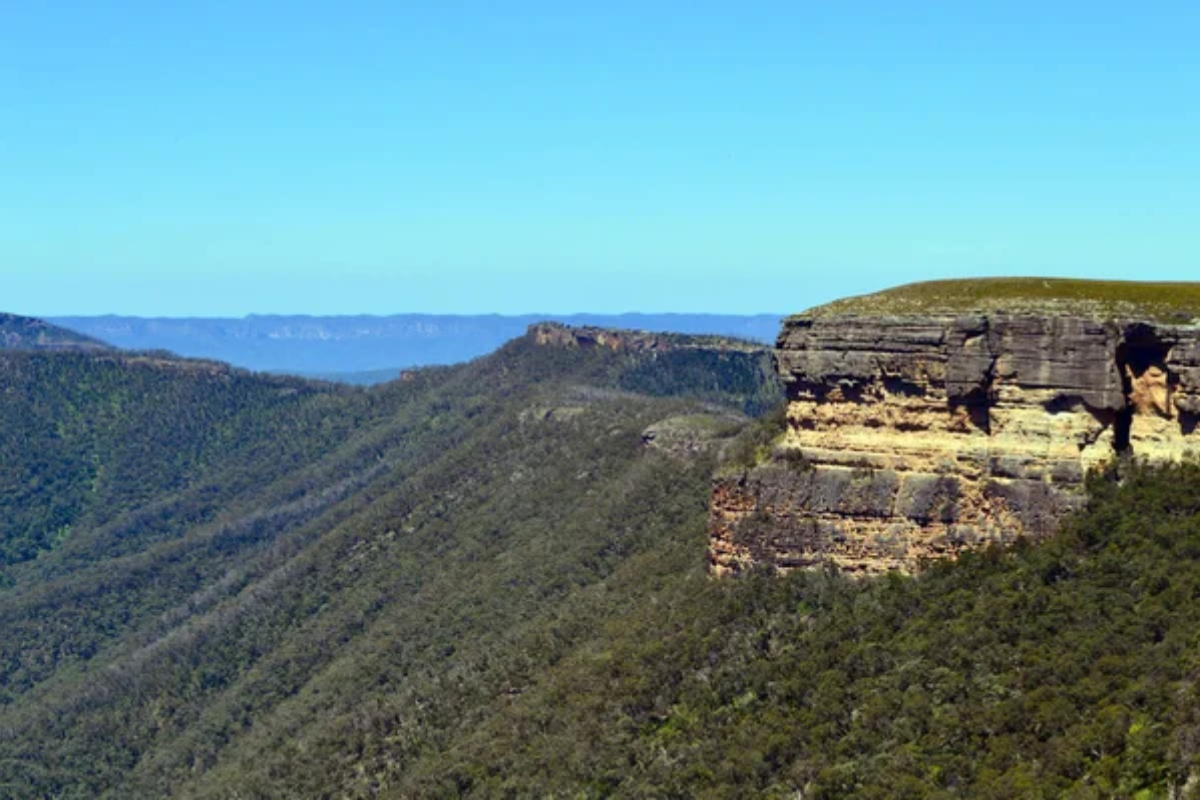
Oregon’s high desert contains this undeveloped lava tube, where visitors experience raw geological conditions without any artificial modifications. The cave requires visitors to bring their own lighting and navigate uneven floors that preserve the original texture of ancient lava flows.
Wildlife, including bats, packrats, and various insects, inhabit different sections of the cave, creating opportunities to observe how animals adapt to underground volcanic environments. The cave’s 1,880-foot length provides extensive exploration opportunities for visitors comfortable with primitive cave conditions.
Like Travel Pug’s content? Follow us on MSN.
Indian Well Cave

California’s Mojave Desert features this easily accessible lava tube, where Native American artifacts and petroglyphs demonstrate thousands of years of human use. The cave’s two separate entrances create opportunities for through-trips that avoid backtracking while providing different perspectives on the same geological formation.
Archaeological evidence suggests the cave served as shelter, storage, and possibly ceremonial space for indigenous peoples who recognized the tube’s strategic value. Modern visitors can walk through the same passages while viewing rock art that connects contemporary exploration to the ancient human experience.
Wind Cave
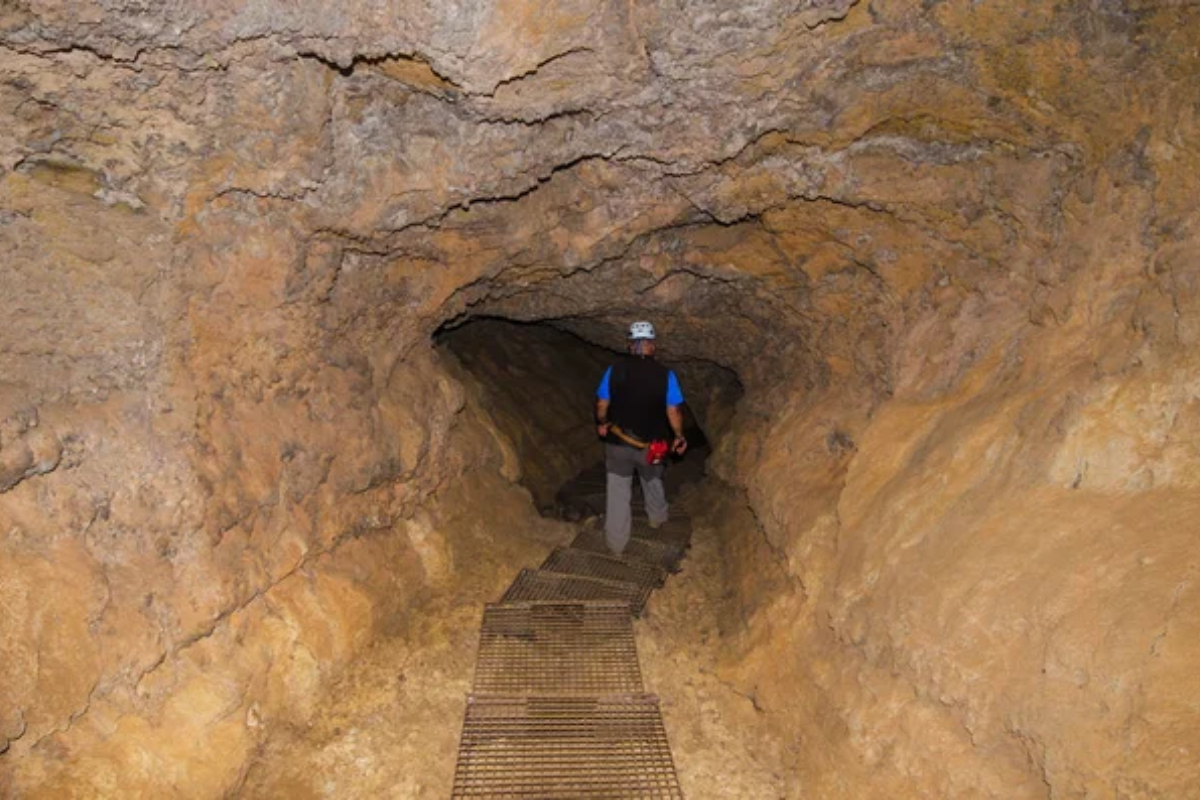
Washington’s Gifford Pinchot National Forest contains this lava tube, where air currents create distinctive sounds and breezes that give the cave its name. The tube’s design creates natural ventilation that moves air through different chambers, sometimes producing audible wind effects during temperature changes.
Multiple levels within the cave allow exploration of different elevations formed as lava flowed at varying depths during the original eruption. The cave’s location in an old-growth forest creates dramatic transitions between the surface woodland environment and the stark volcanic interior.
Golden Dome Cave
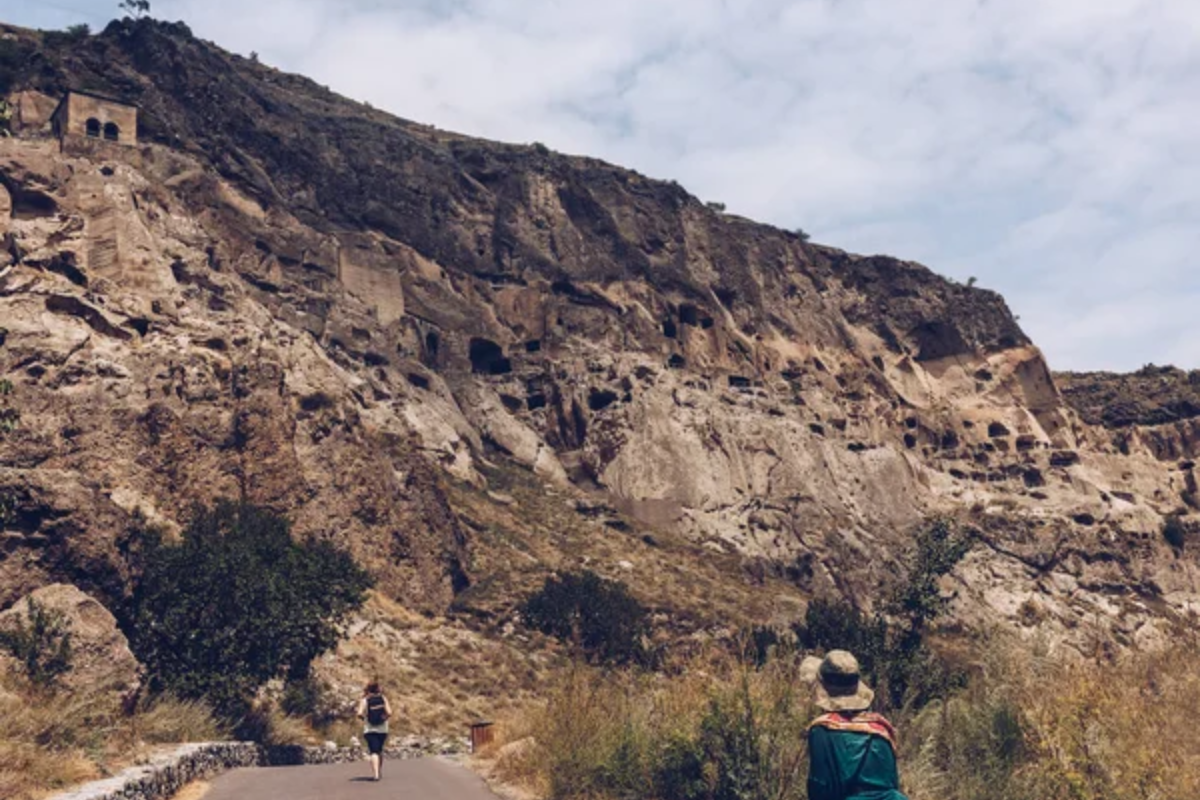
Oregon’s volcanic landscape includes this tube system, where mineral deposits create distinctive coloration on cave walls and ceiling formations. The cave’s name comes from yellowish deposits that form when groundwater interacts with volcanic rock over centuries of slow chemical processes.
Visitors can walk through multiple chambers, where different mineral concentrations create varying colors and textures on cave surfaces. The tube’s stable internal environment preserves these formations while providing excellent examples of how water continues shaping volcanic caves long after their initial formation.
Like Travel Pug’s content? Follow us on MSN.
Catacomb Cave
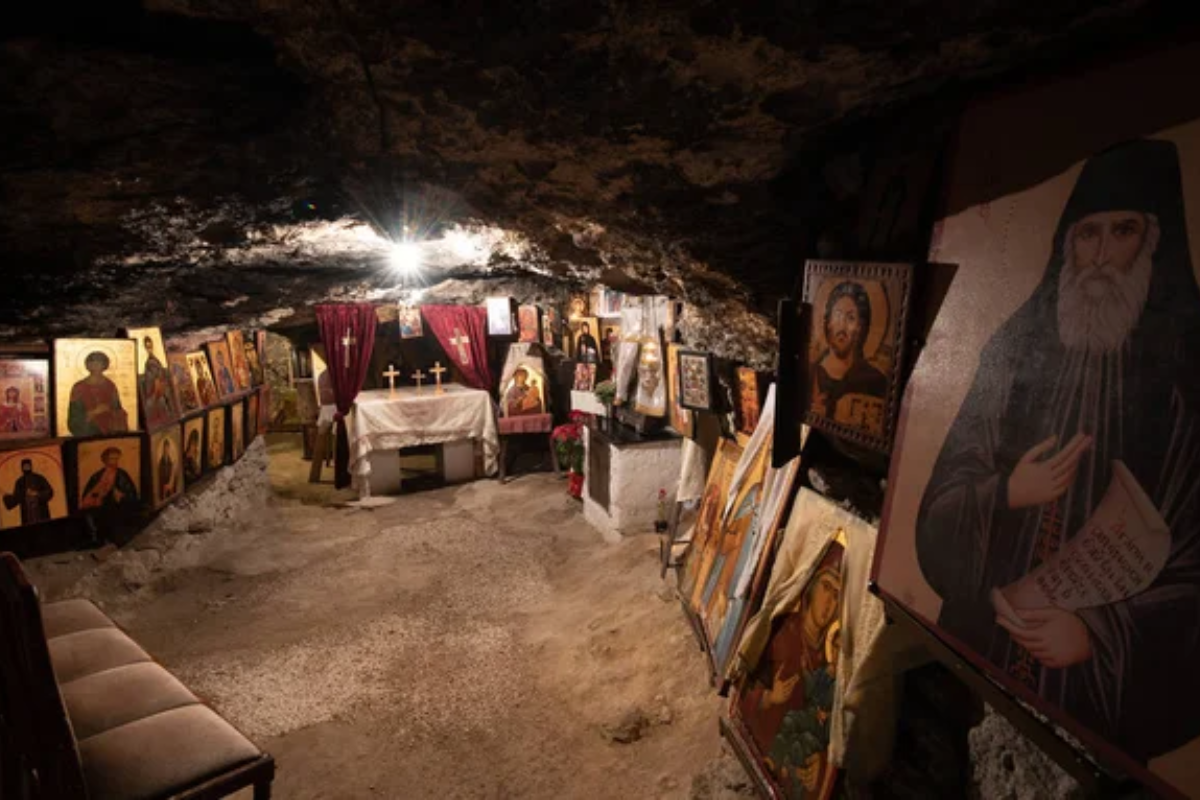
California’s Lava Beds National Monument features this complex tube system where multiple passages intersect, creating opportunities for extended underground exploration. The cave’s branching design demonstrates how single lava flows can create intricate underground networks when molten rock finds multiple drainage routes.
Different passages within the system offer varying difficulty levels, allowing families to explore easy sections while more adventurous visitors tackle challenging routes through the same cave system. The cave’s complexity makes it popular with repeat visitors, who discover new routes during each exploration.
Big Painted Cave
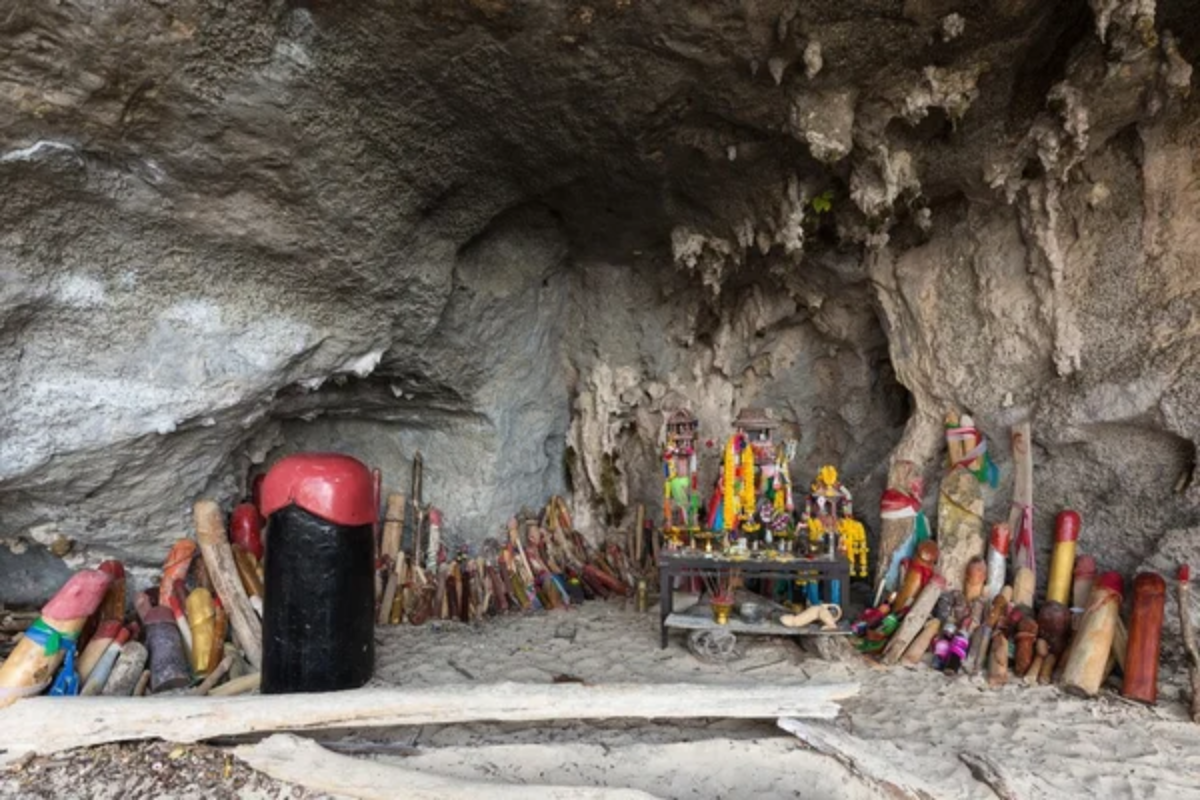
Oregon’s Newberry National Volcanic Monument contains this colorful lava tube, where iron oxide deposits create natural artwork on cave walls and ceiling surfaces. The cave’s relatively wide passages allow comfortable walking while providing excellent examples of how different minerals affect lava tube appearance over time.
Visitors can examine how various chemical processes continue changing cave surfaces decades after the original volcanic activity that created the underground passages. The tube’s length of over 1,000 feet provides extensive opportunities to observe different stages of mineral formation and lava rock weathering.
Lavacicle Cave
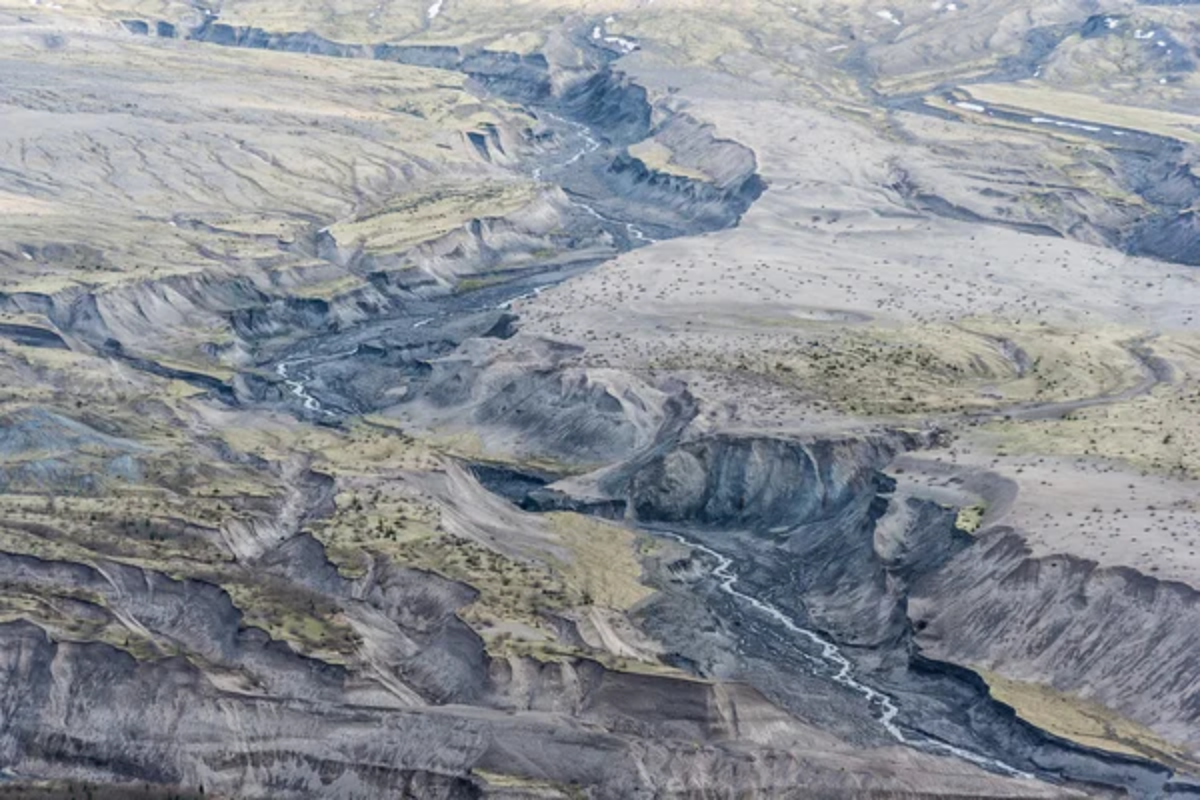
Washington’s remote location requires a moderate hike to reach this pristine lava tube, where ice formations and lava features combine to create unique underground conditions. The cave’s elevation and northern exposure maintain freezing temperatures that preserve ice formations while showcasing the original lava tube structure.
Visitors who make an effort to reach this undeveloped cave experience volcanic geology without any human modifications or safety installations. The combination of exercise required to reach the cave and the reward of pristine underground exploration creates a more adventurous experience than easily accessible tubes.
Like Travel Pug’s content? Follow us on MSN.
Natural Bridge Cave
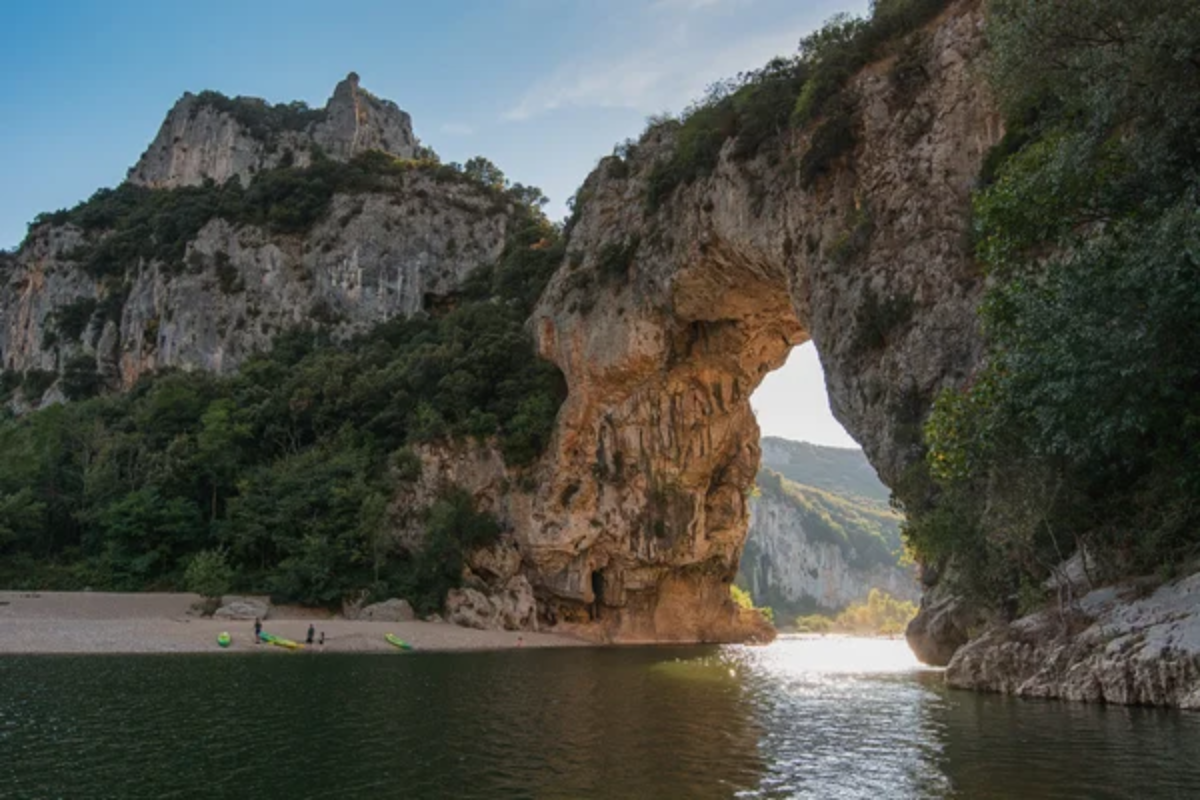
Virginia’s limestone region contains this unusual lava-like tube formation that demonstrates how different geological processes can create similar underground experiences. Though not technically a lava tube, the cave’s walkable passages and natural bridge formation provide similar exploration opportunities to volcanic caves in western states.
The cave’s stable temperature and easy access make it popular with families seeking underground adventure without traveling to volcanic regions. Multiple chambers within the system offer different experiences, from wide walking passages to more intimate crawl spaces that challenge visitors seeking greater adventure.
Underground Rivers

These lava tubes prove that some of Earth’s most spectacular geological features remain easily accessible to curious visitors willing to venture below ground. Each tube offers a unique window into volcanic processes that shaped entire regions while providing underground adventures that require minimal technical equipment.
Whether exploring ice-filled chambers or walking through cathedral-sized passages, these caves demonstrate how ancient lava flows created underground highways that continue attracting modern explorers seeking connections to the planet’s fiery past.
More from Travel Pug

- 20 Best Beach Towns in the Carolinas
- 13 Destinations Where Tourists Regularly Regret Their Trip
- 20 Destinations That Are More Magical Without an Itinerary
- 20 Underrated Adventures That Belong on Your Travel List
- 20 Cities Where You Should Just Wing It, No Planning Required
Like Travel Pug’s content? Follow us on MSN. on MSN.
